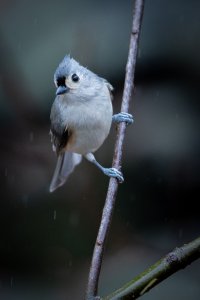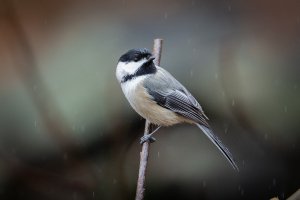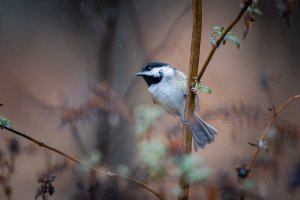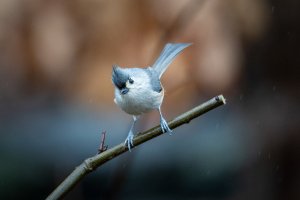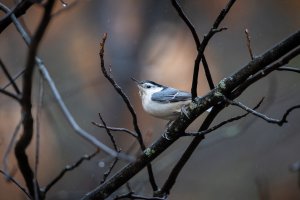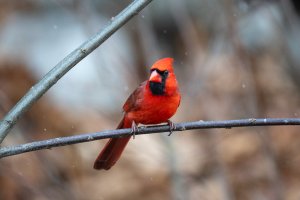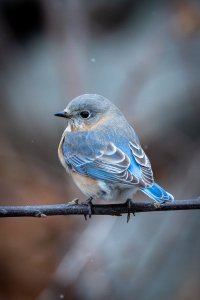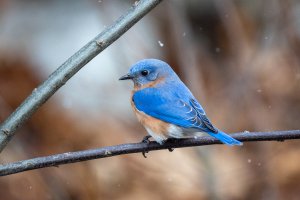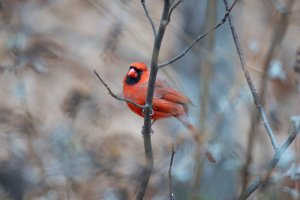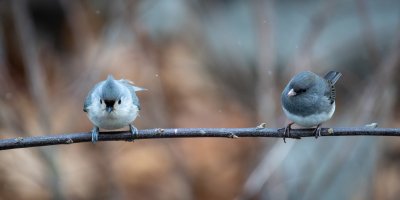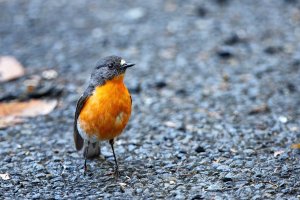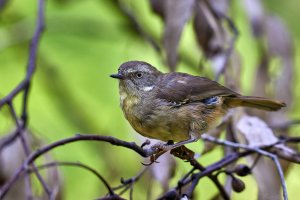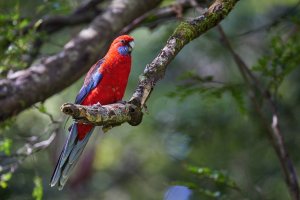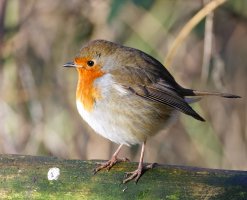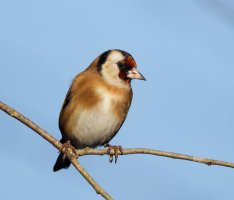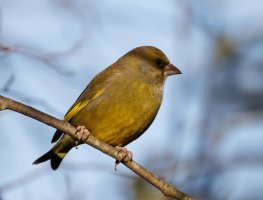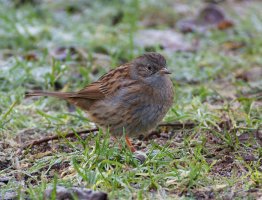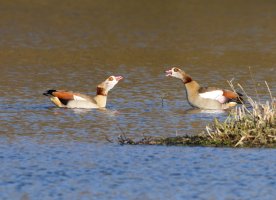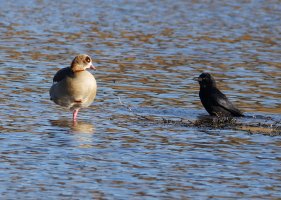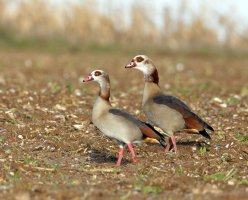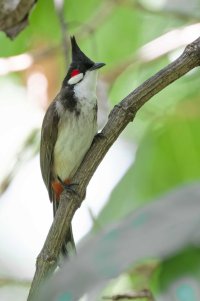(Unfortunate) News...
=====
At least 960 migrating birds, the highest number on record, died Thursday in “massive carnage” at McCormick Place Lakeside Center, according to David Willard, a retired bird division co…

www.chicagotribune.com
View attachment 212086
=====
Tentative Good News: An Update
Crash fatalities down more than 90% this fall with 18 deaths compared to 1,280 deaths in the fall of 2023, Field Museum expert says.

www.chicagotribune.com
From the piece:
=====
For more than 40 years, migrating birds have been crashing into McCormick Place Lakeside Center.
The glassy, low-lying convention building on the shores of Lake Michigan has been the scene of about 1,000 deadly collisions per year, according to Dave Willard, retired Field Museum bird division collections manager.
In 2023, the death toll for a single day was so high — at least 960 birds — that the carnage became national news.
But this fall, when bird collision monitors performed their usual daily searches of the building’s grounds, they found something remarkable: just 18 dead birds.
“To me, it was almost miraculous,” said Willard.
The initial results are in at Lakeside Center, following the application of bird-safe film to the building’s windows: Crash fatalities were down more than 90% this fall, according to Willard, who has been monitoring the site regularly since 1982.
“This is monumental,” said U.S. Fish and Wildlife Service Director Martha Williams, who toured the project Wednesday.
.....
The 18 deaths at Lakeside Center this fall compare with 1,280 deaths in fall 2023 and 771 in fall 2022, Willard said.
In other recent years, the fall death count at the building has ranged from about 350 to 600.
Initially, Willard thought one possible explanation for the low number of deaths this fall was that birds simply weren’t migrating through the region at their usual rate.
But as the season went on, bird collision monitors in the downtown areas reported finding as many as 100 or 150 crash victims in a single day, while the good news at Lakeside Center just kept coming.
“I turned into a believer” in bird-safe film, Willard said. “And (I) started thinking about how maybe it can be pushed to some of the other buildings around town as well.”
Willard did add a caveat: He’d still like to see how the bird-safe film performs in the spring.
“I have no reason to think that it won’t be as effective for spring migration, but birds are coming (from) a different direction, so we want to document whether it is or isn’t working,” he said.



